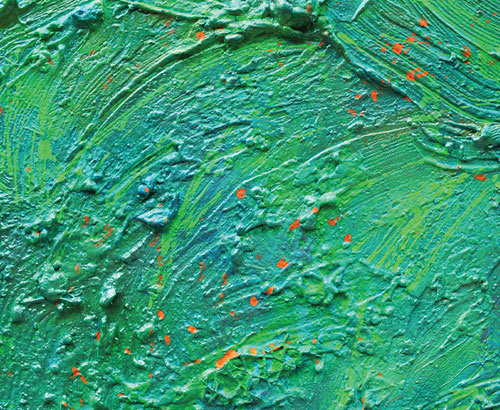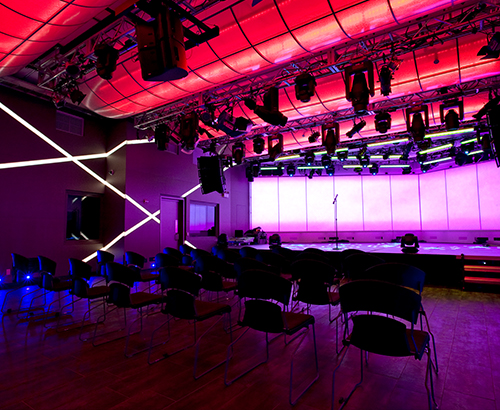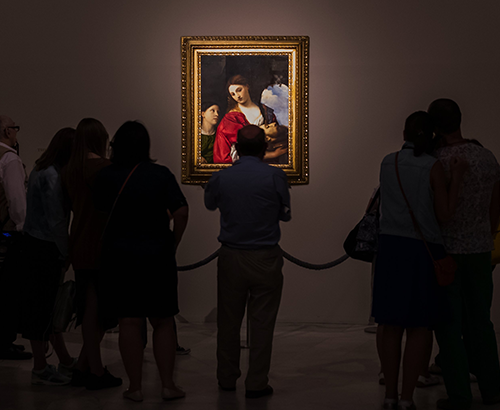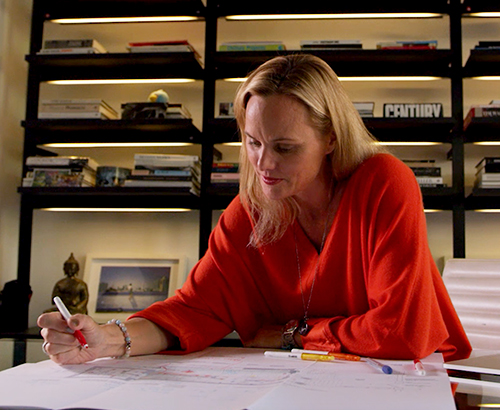I like this
SORAA recently had the opportunity to partner with Japanese lighting design firm Worktecht, and lighting community group LOOG, to facilitate a workshop about how light impacts customers’ perceptions of food. SORAA representative, Masa Kumikawa, along with cuisine specialist Sachiko Sachiko, educated participants about how they can implement lighting technology for their clients in innovative ways based on their recent projects using SORAA lighting.
We sat down afterward with Sachiko to find out more about why lighting is so important to rendering food colors accurately, and why having the right lighting can have a significant influence on the dining experience.
Tell us more about your background and experience in cuisine.
I have been working independently on developing the menu of advertisements, recipe proposals, and cuisine photography for the top food manufacturers in Japan for 14 years. My work includes designing menus for retail stores and organizing various events and seminars that relate to a variety of food topics.
For me, displaying food in a visually-pleasant way is very important because it allows people to discover more possibilities and diversities in regard to dining.
Why is light so important to how “visually pleasant” food appears?
The instant impression of "it looks delicious" is how a fascinating dining experience begins. Daylight is important for rendering food colors properly, but it is usually limited by place and time, so it cannot always fulfill our need to showcase the delicate visuals of food. However, artificial lighting can efficiently demonstrate the ingredients and cuisine without the restriction of place and time if it’s full spectrum.
How does color temperature affect how food is viewed by a person?
For food to look appetizing, the lighting temperature needs to change in accordance with the food characteristics. The relationship could be the temperature of both food and light. For example, we like to keep the vibrant green of a salad at a cold-color place to increase its sense of freshness. But, if it is placed at a warm-color place, it could visually lose its charm. The condition of the food, people's perception of it, and the color temperature of lighting are all related. The temperature of the food sways how it is perceived, and people hold their original impression of cold/warm food to visually determine if the cold/warm lighting condition is suitable.
During the workshop at LOOG, how was food that was highlighted under "bad lighting" perceived and how was food highlighted under "good lighting" perceived?
Personally, I think there is no exact good light or bad light. Different lamps generate different expressions of objects, and it creates different feelings for each person based on individual experiences. In this workshop, the red vegetables were vivid and rich in stereoscopic feeling under the warm and soft light. SORAA lamps have a great effect on the red colors of fresh vegetables and warm food – they show the energy of food.

Does lighting affect how diners at a restaurant taste and enjoy their meals? Why or why not?
The concept of a restaurant is the key to this question. For example, there are luxurious restaurants which emphasize the atmosphere and space quality. On the other hand, some restaurants focus more on their fresh ingredients and delicate food displays. The performance of these two kinds of strategies could be very different. For the luxurious one, customers will take the environment and service quality, along with the food, into their evaluation of how much they enjoy their experience. For the other one, just having well-illuminated food could be enough to affect how much a diner enjoys their meal. Food could be sweet, salty, sour, bitter or spicy and only when you taste it, would you really feel it. Chefs use food lighting to generate both the overview and specific details of their cuisine. It adds a new dimension to the whole dining experience.
How can restaurants use light to their advantage to create a more enjoyable atmosphere for diners?
Following the last question, it depends on what kind of experience the restaurant would like to provide. What is the signature dish and what kind of style is the restaurant? Who are the target customers and what would they like to experience? The provided lighting should take these points into account and reach the balance of supply and demand.





